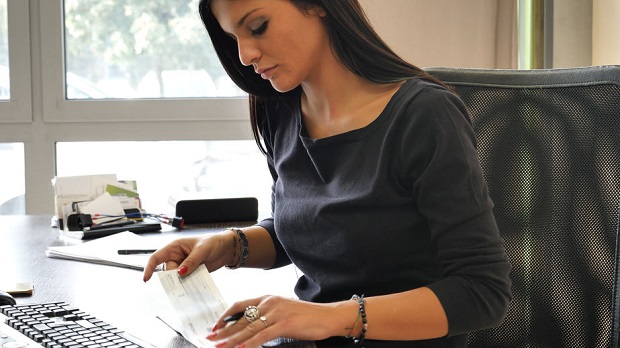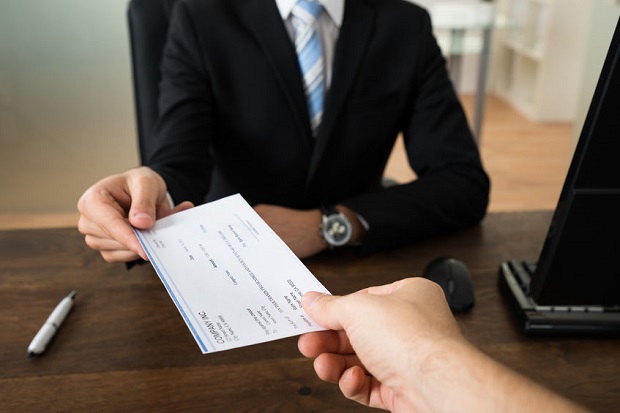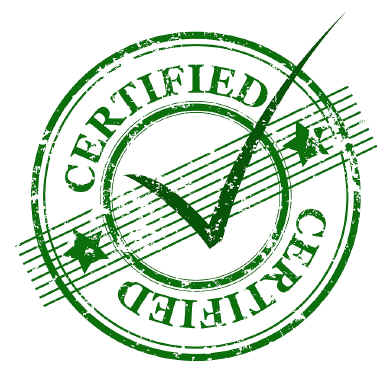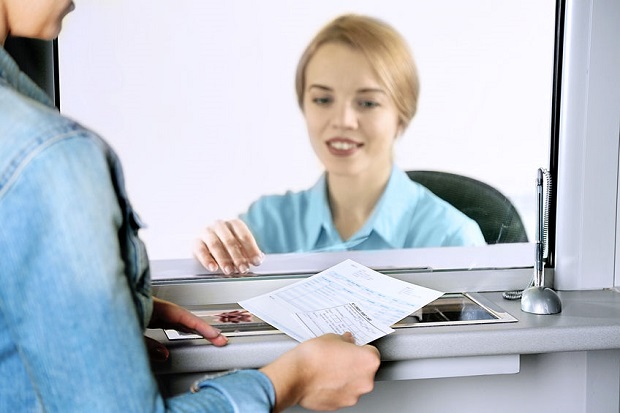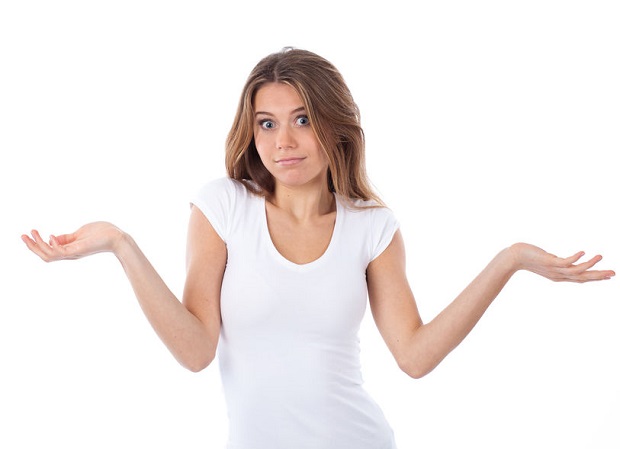
How to Cash a Cashier’s Check without a Bank Account. The issuer of the cashier’s check, that is, the bank or financial institution that created the document, is the only institution obligated to honor it according to the terms and conditions at the time of issue. Any other bank or check cashing institution may cash these checks as a service at their discretion.
Issuing Institution
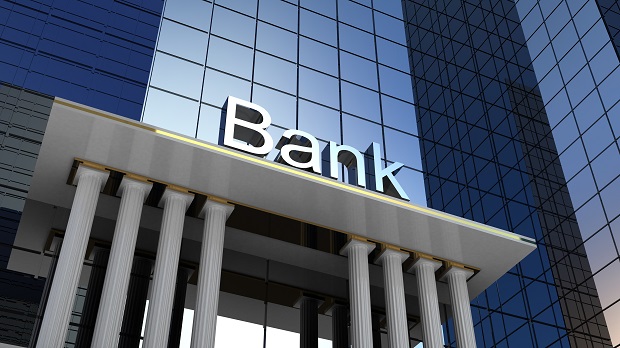
To cash a cashier’s check at the issuing institution, you need to present the check and produce a valid form of identification. Banks use no standard universal code to determine what constitutes valid ID, but most banks will accept any government-issued ID with a photo. This includes a driver’s license, a state-issued ID, a passport, or a military ID. Some will require a second form of identification, including a social security card, utility bill, or credit card.
Check Cashing Services
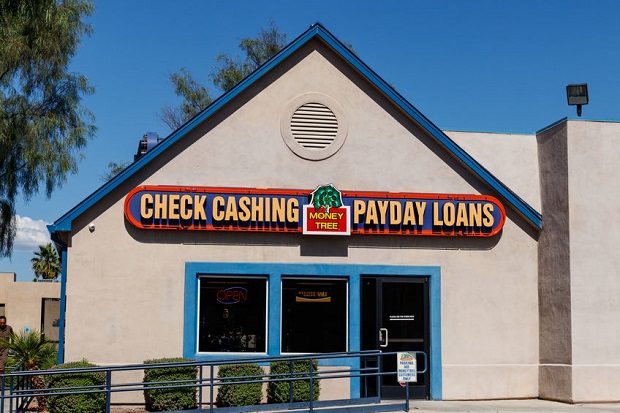
You may find a check cashing service or financial institution willing to cash a cashier’s check for a fee. Call around in your area to locate one and get details of the terms. Most places are unwilling to take the risk involved with handing out cash on a document that could later be found fraudulent, leaving them no recourse to recover the funds.
Your Personal Bank Account
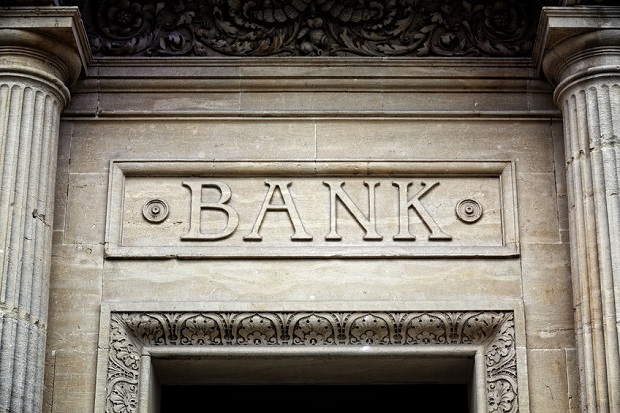
If you are a bank account holder, your bank will likely cash a cashier’s check that originated from another institution as long as it is made out to you and you have sufficient funds in your account to cover the check. In the case that the cashier’s check is fraudulent, you will be held liable, and the loss will be deducted from your account.
To protect yourself from cashier’s check fraud, make all attempts to cash a cashier’s check at the institution from which it was drawn. They will know immediately if the check is fraudulent. If you must cash a cashier’s check at your bank, hold the funds in your account until your bank has received the funds, and cleared the check. This means not spending the money until you know the funds are good. It also means not transferring any property or services in exchange for the check until it has cleared.
Spotting Fraudulent Cashier’s Checks
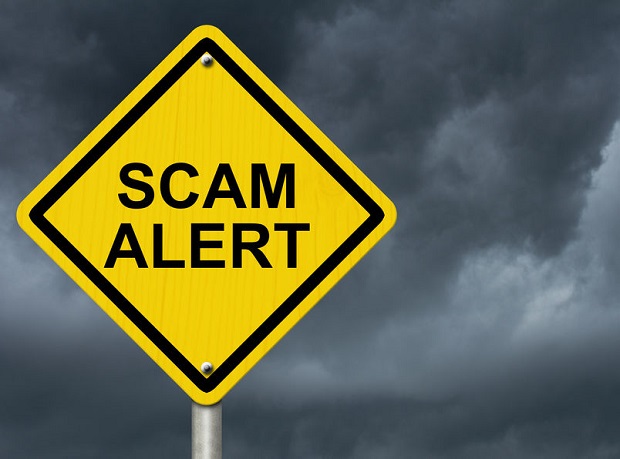
Cashier’s checks scams are a growing problem, and to exacerbate matters, the fraudulent checks are extremely convincing. According to numerous FDIC alerts, look for the following details when accepting a cashier’s check for payment.
- The words “CASHIER’S CHECK” printed in the lower-left corner
- A padlock icon and security features statement printed on the right border
- The bank’s name, telephone number, and Web address printed top-center of the document
It is a good idea to call the issuing institution directly to validate a cashier’s check’s authenticity before accepting it for payment. Get the number from Directory Assistance rather than using the number printed on the check, as the number printed on a fraudulent check often routes to an accomplice as part of the scam.
Resources – “How to Cash a Cashier’s Check without a Bank Account.“
- BankingQuestions.com – I Have a Cashier’s Check, but no Bank Account
- Cornell Law School – U.C.C. – ARTICLE 3 -§3-412. Obligation of Issuer of Note or Cashier’s Check
- FDIC: SA-67-2010: Counterfeit Cashier’s Checks Bearing the Name Anchor Bank are Reportedly in Circulation
- FDIC: FDIC Consumer News Winter 2006/2007 Special Edition: Be Prepared, Be Informed, Be in Charge
